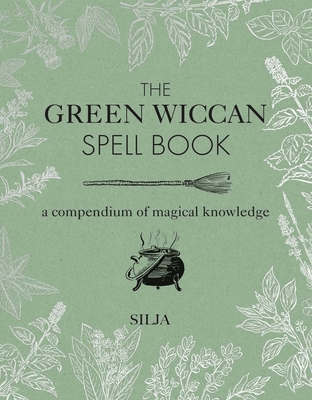
Daniélou, Alain
product information
description
ead guide to the pleasures and techniques of sex, the Kama Sutra was compiled in the fourth century A.D. by a Brahmin and religious scholar name Vatsyayana, who worked from texts dating back to the fourth century B.C. Until the present, the only English translation of his Hindu love classic was that of the famous English explorer Sir Richard Burton, published in 1883. Unlike Burton's version, Alain Daniélou's new translation preserves the numbered verse divisions of the original and includes two essential commentaries: the Fayamangala commentary, written in Sanskrit by Yashodhara during the Middle Ages, and a modern Hindi commentary by Devadatta Shastri. Whereas Burton's Victorian reluctance to translate certain terms obscured our understanding of the philosophy and techniques of the Kama Sutra, Daniélou has preserved the full explicitness of the original, dealing with everything from the art of scratching to relations with the wives of others. Realistic and pragmatic in its approach, the Kama Sutra deals without ambiguity or hypocrisy with all aspects of sexual life--including marriage, adultery, prostitution, group sex, sadomasochism, male and female homosexuality, and transvestism. The text paints a fascinating portrait of an India whose openness to sexuality gave rise to a highly developed expression of the erotic.
member goods
No member items were found under this heading.
Return Policy
All sales are final
Shipping
No special shipping considerations available.
Shipping fees determined at checkout.







